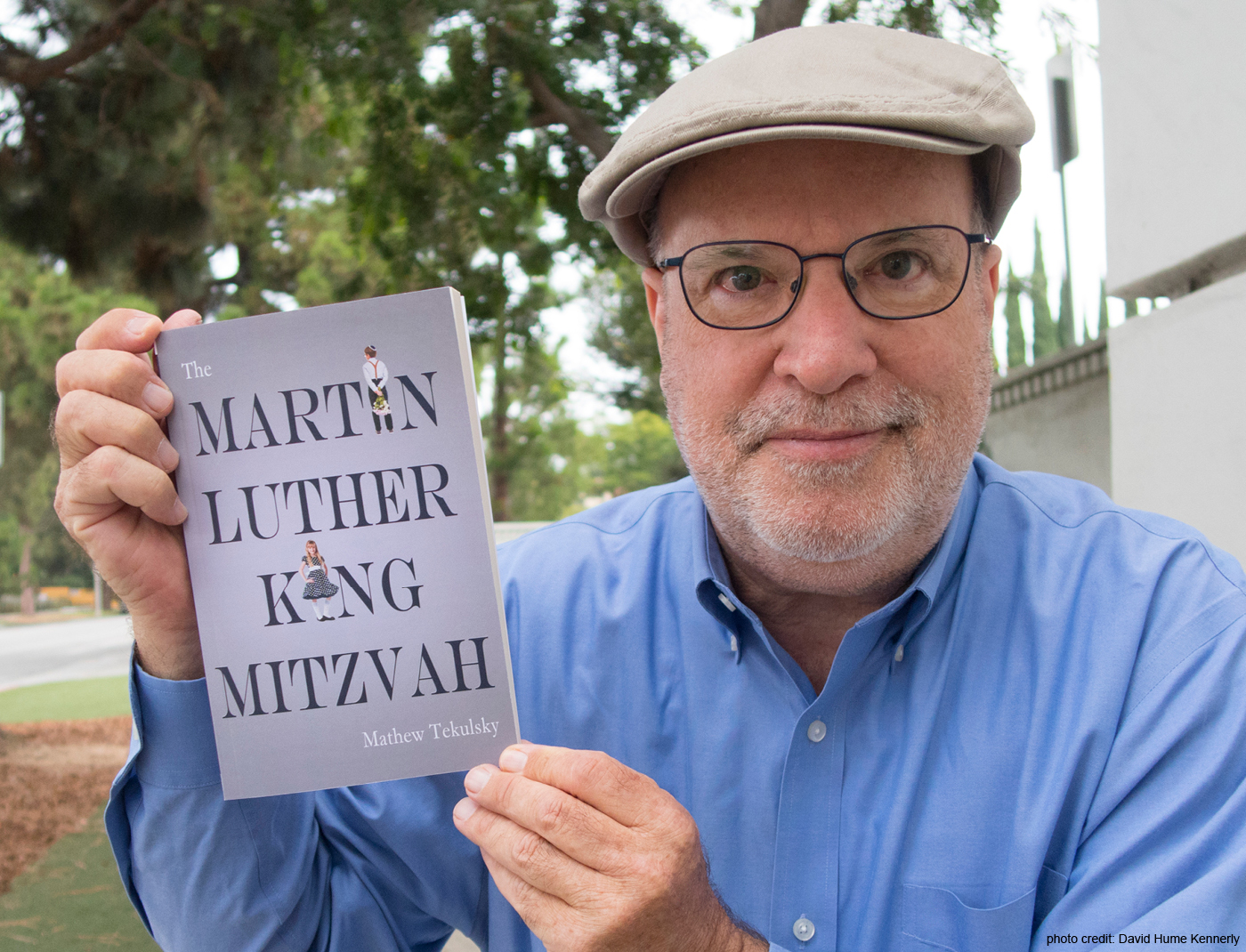I Watch an Allen’s Hummingbird Chick Grow Up: Part 1
On April 23, 2004, I got a tip on an Allen’s Hummingbird nest in Santa Monica, California. I went over immediately to inspect the nest, which was situated about five feet off the ground, tucked into the stem of a small shrub an arm’s length from the door of a garden apartment. I climbed a few steps and looked into the nest, where two tiny eggs lay on a white bed of fluff.
(I felt the usual excitement upon the initial discovery of a neat bird find. Then I thought to myself, there go the next six weeks! Sure enough, I followed the development of this nest and the subsequent chick that hatched. In the next four columns, I’ll tell that story.)
A few minutes after I took a gander at those eggs, the female flew in and took her place on the nest. Over the next few days, I got progressively closer to her with my camera—and she often didn’t fly off even though I was less than a foot away. She got used to me after a while, and I was able to observe her rufous tail feathers and coppery-red throat specks from close range. I marveled at the iridescent green feathers that lined her sides and the top of her head.
Sometimes, the bird became irritated with me and twittered angrily as she hovered in front of my face.
“Get away,” she seemed to be saying. “Don’t you see I have work to do?”
But a little while after that, she would calmly watch me from the nest and she would practically pose for the photos.
This went on for an entire week, but on April 30, I looked into the nest, but instead of seeing two eggs, I saw one egg and a black speck next to it. It looked like a large bird dropping, or perhaps a bug. It didn’t move. Then it dawned on me—one of the chicks had hatched!
I practically stuck my face into the nest, but I saw no signs of life. The chick was dead, I thought. Stillborn. No matter, there was still the second egg.
And then the black speck moved! It was alive!
My first thought was how the female could possibly ram its beak down the throat of this half-inch-long speck in order to feed it. The orange-tan beak of the chick seemed so small as to be insignificant. But a little while later, there was the female, perched on the rim of the nest with her back to me and her beak pointed directly below her—feeding the youngster!
She must have fed him a lot that day, because the following day, whereas the chick had been the same size of the egg the previous day, it was now a full head larger than that egg! This bird was growing like crazy! I couldn’t wait to see what it would look like the next day.
In the meantime, I saw it open its beak into a gaping yaw, awaiting its food and making no noise. From above, I could see a few rufous hairy projections sticking out of the black torso, and I could make out a tiny foot extending from the side of the bird’s body. Its eyes (not yet open) bulged from each side of its head like those of an alien being from Mars.
The mother continued to sit on the nest for long periods of time, no doubt attempting to incubate the second egg and thermo-regulate the chick at the same time.
The following day, the chick’s torso was noticeably fatter and its backbone had become more prominently displayed. Meanwhile, the bird had already begun to shoot its droppings out onto the rim of the nest, where they remained as black dots. (By the next day, the chick was able to propel its droppings past the rim and onto the nearby leaves.)
Over the next few days, the little bird grew larger and larger, curling around its side of the nest (the unhatched egg was still there). Its beak became more pointed, and the rudimentary form of a wing became visible on the side of its body. By Day 7, the bird had become so long that its beak pressed up against the side of the nest and it had to bend its head upward in order to fit. Meanwhile, the bird’s hairy projectons and beginning feather sheaths had formed a bit of covering on his back, although most of his dark skin was still visible.
During this time, the mother was still sitting on the nest for large portions of the day. She must have known by now that the second egg wasn’t going to hatch, but she still needed to keep the chick warm.
(End of Part One)



